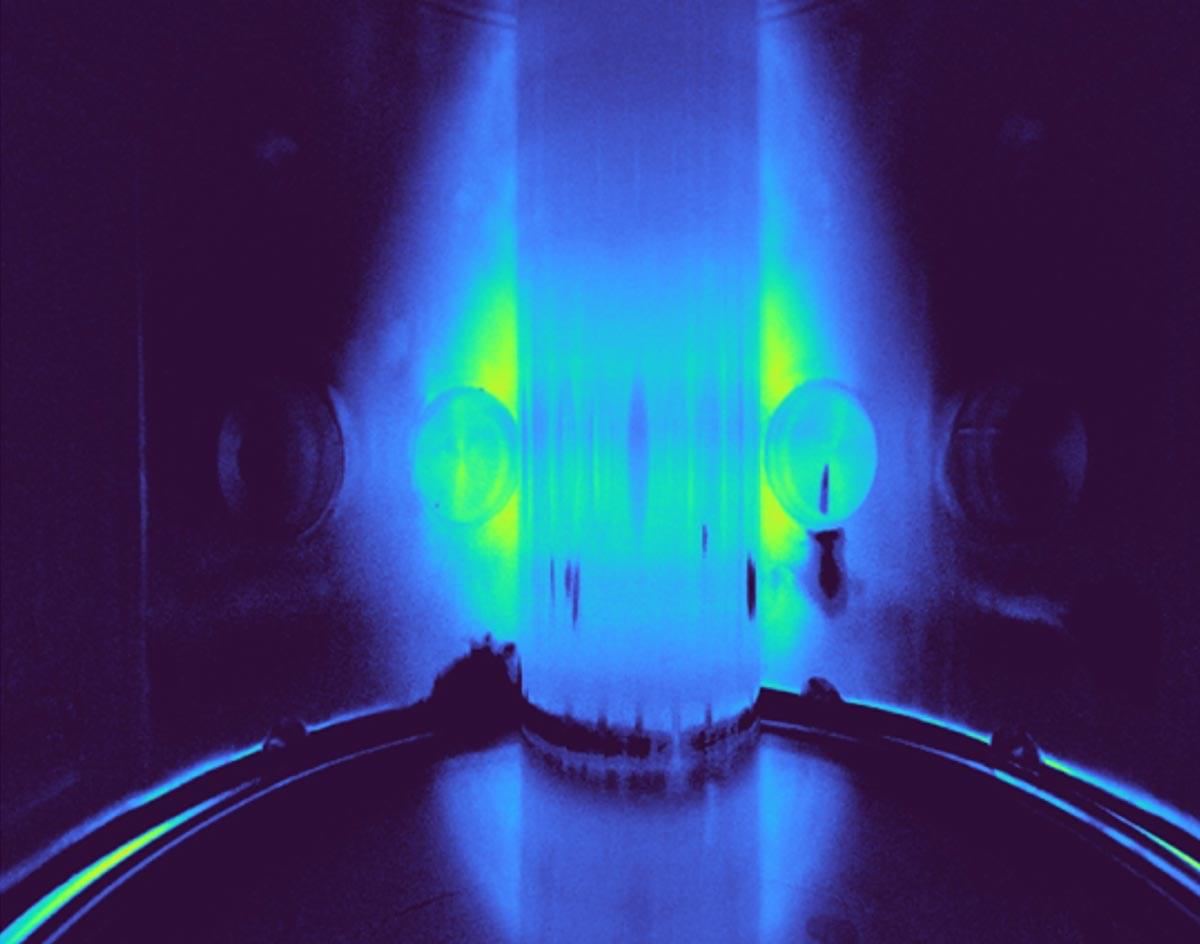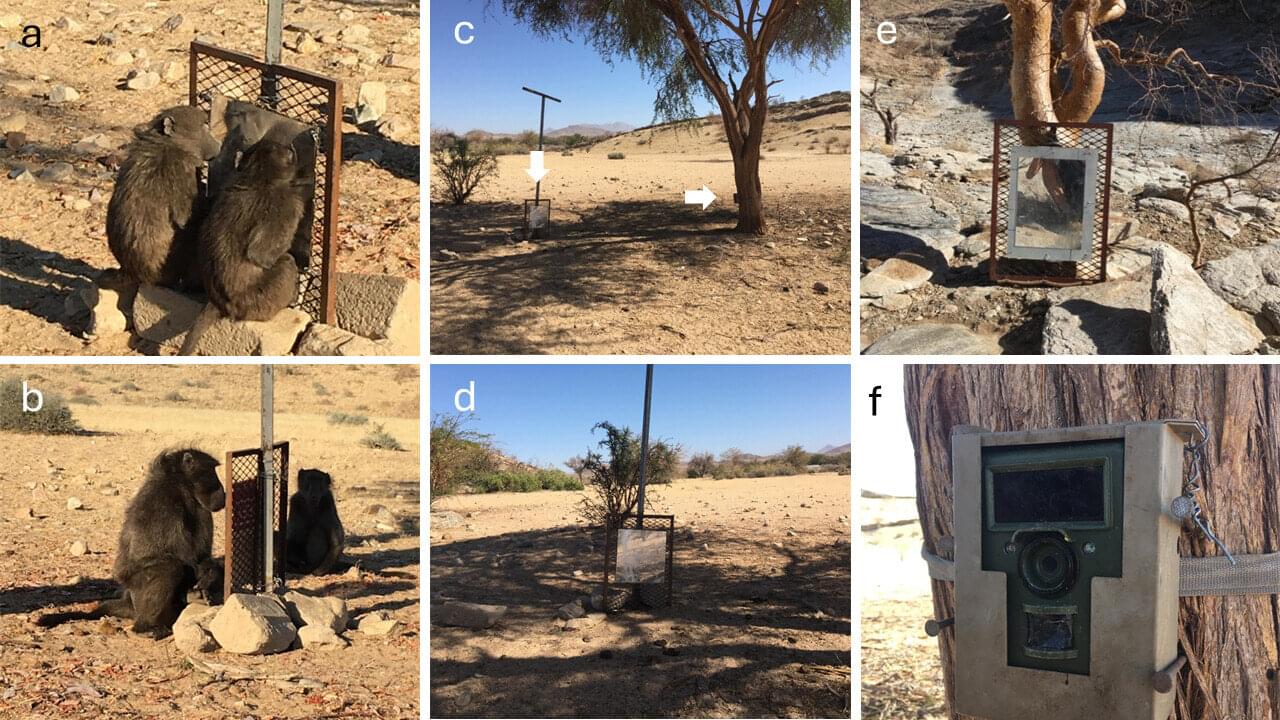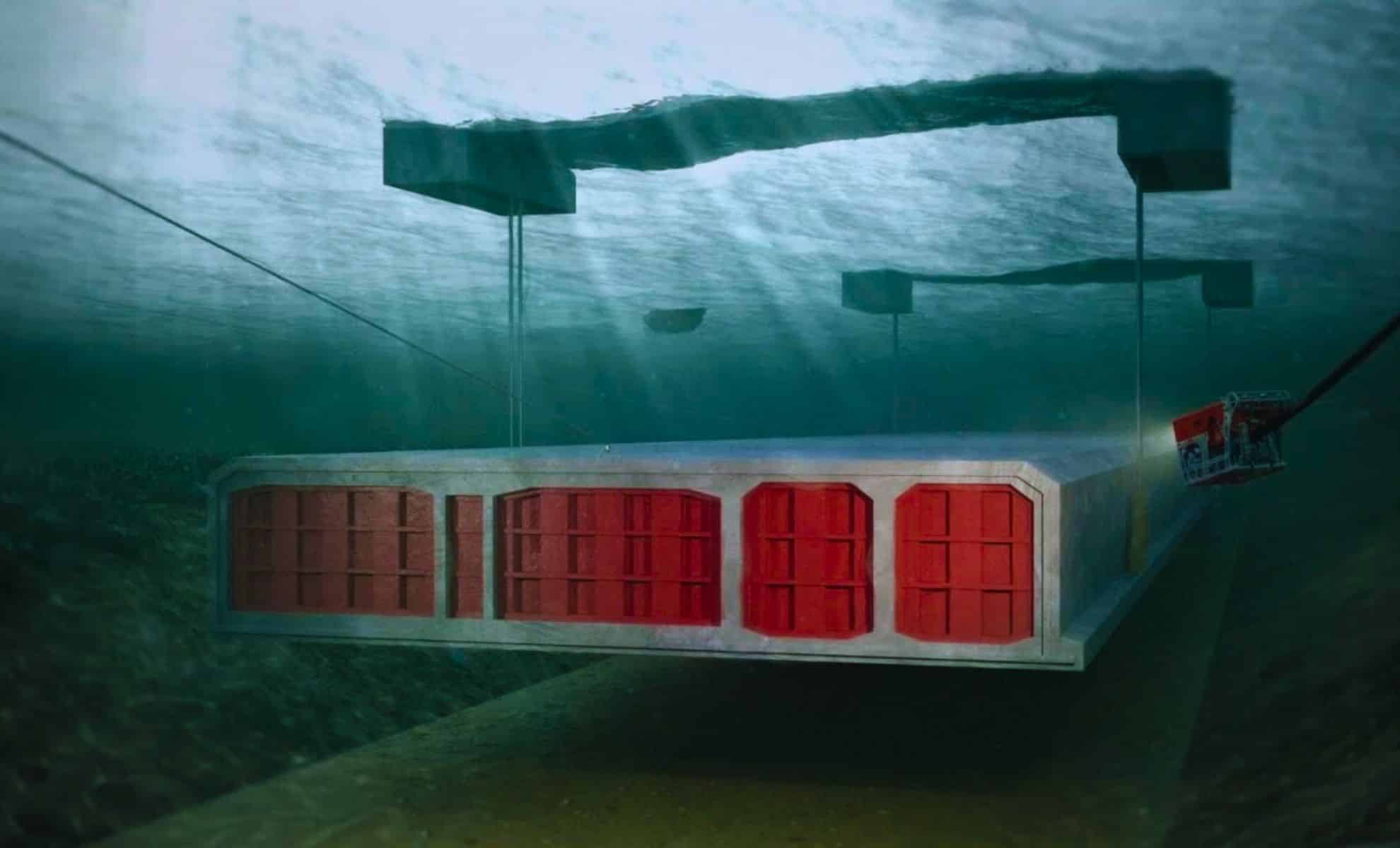A writing system developed by one of the world’s earliest urban societies has given linguists nothing but grief since it was first discovered on an unintelligible stone seal in the ancient city of Harappa, in what is now Pakistan, 150 years ago. Hoping to finally crack the code, authorities have now announced a $1 million prize to anyone who manages to decipher the so-called Indus Valley Script (IVS).
Advertisement go ad Free
Also known as the Harappan Script, the IVS was invented by the Indus Valley Civilization which emerged in the region encompassed by northern India and Pakistan some 5,300 years ago. Known for its walled cities, the Bronze Age culture thrived for several centuries before mysteriously vanishing, leaving archaeologists with few clues as to how these ancient people lived.









